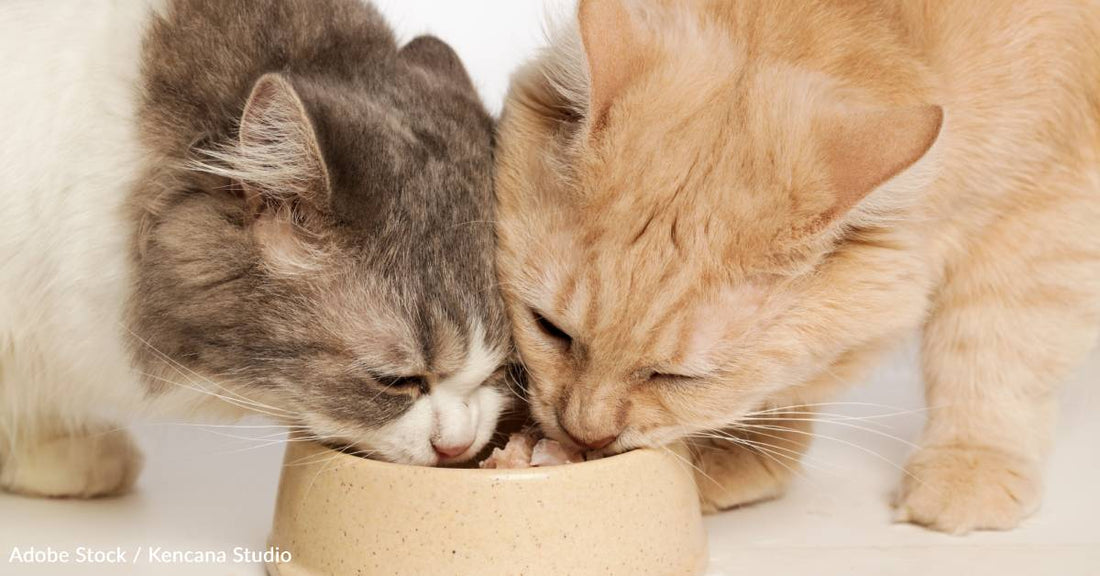How to Feed Your Cat: Free Feeding vs Scheduled Feeding
Michelle Milliken
If there’s anything we know about cats, it’s that they’re generally very fond of chowing down. They may remind us of this at 3 a.m. when there’s no food in their dish, even if there was a few hours prior. Which is the best way to make sure they get their meals, though? There are two main approaches that pet parents typically settle on.
Free Feeding
Free feeding is when your cat has access to food throughout the whole day. This is generally dry food in a food bowl, waiting for them when they want it. While not usually the recommended method for feeding, there are some benefits, and there are some ways you can make it a bit healthier.
Pros
- If you have a cat that only eats when they’re hungry, this is workable.
- The cat can choose to eat when they want to.
- It can be helpful if your work schedule doesn’t make scheduled feedings very doable.
- There may be less of an issue with food guarding if there’s always food available.
- You don’t have to worry about your cat being hungry if you’re running late.
Cons
- Cats that can’t self-regulate their eating may put on weight, leading to health risks.
- It can make it difficult to tell if your cat isn’t eating, especially if you have several cats.
- One cat might eat all the food when the bowl is replenished before the other(s) can get their share.
- If they’re continuously eating, their stomachs won’t have the chance to completely empty.
Tips
The best way to approach free feeding, especially if you have one cat, is to measure out their daily allotment of food into their food bowl in the morning and keep it at that. Don’t refill it at any other point during the day. It’s also a good idea to refill the bowl at the same time each day to create a bit of a routine. Make sure your feline friend gets fresh food with each refill, too. If you choose this method, it’s best to feed them dry food, not wet food, which can spoil more quickly.
Scheduled Feeding
Scheduled feeding, which is the more recommended method, involves feeding your cat meals at specific times and not leaving food out in the interim. Generally, these are two meals spaced about 12 hours apart. This gets your cat in the habit of expecting food at certain times of the day.
Pros
- The set routine of mealtime can be helpful for cats, especially if other changes are going on.
- It may also be helpful for when a food change is needed, as cats will be conditioned to be hungry at that time.
- If you have to mix medications in with food, it’s much easier to do it with this method.
- You can keep an eye on any changes to their eating habits that may signify health problems.
- If you have multiple cats with different food approaches, you can feed them in separate rooms at the same time to make sure they each get what they need.
- It can help with bonding.
Cons
- Cats might beg for food between mealtimes.
- It may lead them to eat their food too quickly due to the anticipation.
- It may increase food guarding because it’s not always available.
- For people with weird schedules, it may be harder to stick with.
Tips
If your schedule gets in the way of this method of feeding, you can try a timed feeder for one of the meals. When preparing the meal, it’s best to measure out what your cat is meant to eat beforehand, but some cat owners may choose to put food out for 10 to 20 minutes, have their cat eat what they want, and then put the bowl away. If you’re transitioning from free feeding to scheduled feeding, a good approach is to start by putting the food bowl away when you leave and placing it back out when you get home.






